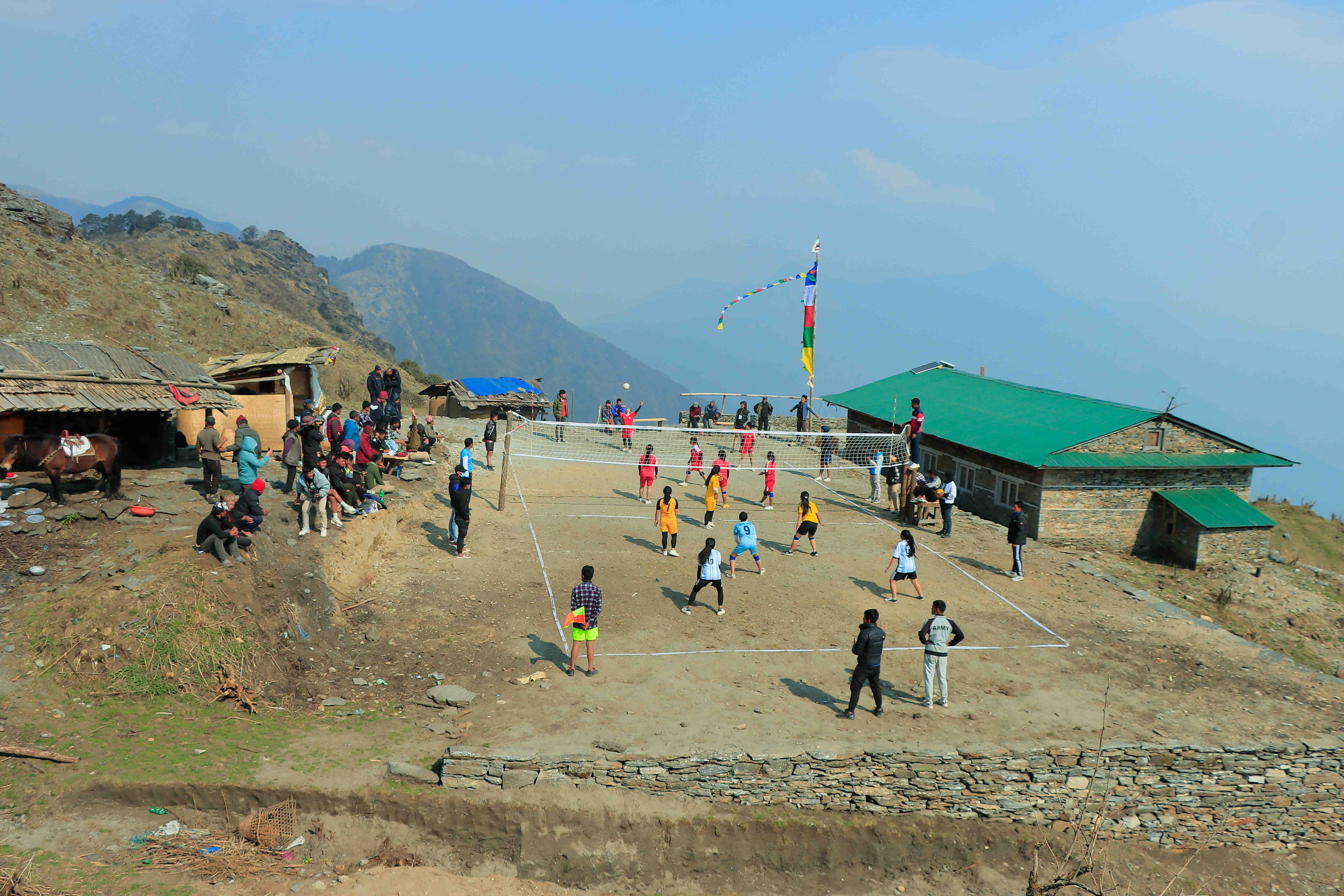
Reforestation Program
2024-08-23
Introduction
This progam advocates for a reforestation program in Solukhumbu District, Nepal, to recognize the contribution of Yaks to the conservation of biological diversity. By restoring and enhancing forest ecosystems in Yak grazing areas, we not only support sustainable Yak herding practices but also promote biodiversity conservation, climate resilience, and ecosystem health in the region.
Objectives:
- Reforestation Initiative: Implement a comprehensive reforestation program to restore degraded forest areas, establish native tree species, and enhance biodiversity habitats in Yak grazing lands, promoting ecosystem services and wildlife conservation.
- Yaks' Role in Biodiversity Conservation: Acknowledge and appreciate the role of Yaks as keystone species in maintaining biodiversity, ecosystem balance, and cultural heritage in the Solukhumbu District, emphasizing the interconnectedness between Yak herding practices and forest conservation.
Components of the Proposal:
- Reforestation Strategy: Develop a reforestation plan that incorporates community participation, scientific research, and sustainable forest management practices to ensure the successful restoration of degraded forest areas and the establishment of diverse plant species that support biodiversity conservation.
- Yak Herding Awareness Campaigns: Conduct awareness campaigns, workshops, and educational programs to highlight the ecological importance of Yaks in promoting biodiversity, soil health, and vegetation dynamics, fostering a deeper appreciation for the symbiotic relationship between Yaks and forest ecosystems.
- Community Engagement: Engage local communities, Yak herders, conservation organizations, and governmental agencies in participatory reforestation activities, tree planting campaigns, and monitoring efforts to ensure the long-term success of the reforestation program and the protection of biodiversity hotspots.
Expected Outcomes:
- Ecosystem Restoration: The reforestation program will contribute to the restoration of degraded forest areas, enhance habitat connectivity, and improve ecosystem services such as carbon sequestration, soil conservation, and water regulation, benefiting both Yaks and wildlife species.
- Biodiversity Conservation: Recognizing Yaks' role as ecosystem engineers, the reforestation initiative will help preserve biodiversity, protect endangered species, and safeguard critical habitats in the Solukhumbu District, maintaining biological diversity and ecological resilience in the region.
- Cultural Preservation: By integrating traditional Yak herding practices with forest conservation efforts, the proposal aims to uphold cultural heritage, indigenous knowledge, and sustainable livelihoods rooted in the harmonious coexistence of Yaks, forests, and local communities.
Conclusion:
By implementing a reforestation program in Solukhumbu District that appreciates the contribution of Yaks to the conservation of biological diversity, we can foster a holistic approach to ecosystem restoration, biodiversity conservation, and community stewardship. This proposal underscores the intrinsic link between Yaks, forests, and biodiversity, highlighting the importance of sustainable land management practices, cultural preservation, and environmental stewardship in creating a more resilient, biodiverse, and sustainable future for the Solukhumbu region. Through collaborative efforts, shared knowledge, and collective action, we can celebrate the unique role of Yaks in shaping healthy ecosystems, vibrant landscapes, and thriving communities that benefit both people and nature.